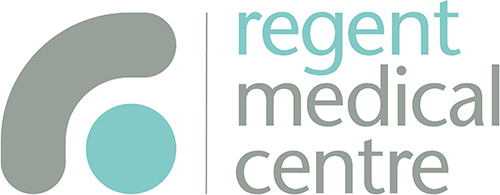October is Breast Cancer Awareness Month
October is Breast Cancer Awareness Month, an event held every year since 1985.
It started to encourage breast screenings and teach people about early detection. Now, it also includes raising money for research that saves lives.
This year, we’re sharing facts about symptoms, risks, prevention, and treatment.
Scroll down to learn more, or use the buttons below to jump to each section.
About Breast Cancer
Breast cancer happens when cells in one or both breasts grow out of control.
The breast has three main parts: lobules (which make milk), ducts (which carry milk), and connective tissue. The type of cancer depends on where it starts and if it spreads.
The two most common types of breast cancer start in the lobules or ducts.

Breast cancer is the most common cancer in the UK. Each year, nearly 57,000 people are diagnosed, and around 11,500 die from it.
Men can also develop breast cancer, too, though it’s much rarer. Around 400 men are diagnosed with it each year in the UK.
On average, men are diagnosed about ten years later than women, so everyone needs to know the signs.
Symptoms
Lumps are the most common sign of breast cancer, but remember, most lumps are not cancer.
Every woman’s breasts are different in size, shape, and feel. They can also change during your period or after menopause.
This is why it’s important to know what is normal for you. When you understand how your breasts look and feel at different times, it’s easier to notice changes.
The most common signs that a doctor should check are:
- New or larger lumps
- Thickened skin or dimpling
- Lumps or swelling in the armpit
- Changes in size or shape
- Changes in nipple position—pulled in or pointing a different way
- Rash, discharge, or bleeding from the nipple
- Pain or discomfort that doesn’t go away, especially if it’s new
For men, these signs also apply. Lumps are usually firm, painless, and don’t move much.
Risk & Prevention
One in 7 women will get breast cancer in their lifetime.
Some risk factors for breast cancer you can change, and others you can’t.
Age and family history are big risks. Other risks come from your lifestyle and exposure to certain chemicals.
Not exercising, eating poorly, being overweight, drinking alcohol, and smoking all increase your risk.
Making healthier choices can lower your chances of getting breast cancer or other diseases like heart disease.
Breast Cancer UK offers excellent guides and resources to help both women and men understand and reduce their risk of breast cancer.
Screening
The NHS has a breast cancer screening program. These checks, called mammograms, use X-rays to find signs of cancer too small to see or feel.
If you’re registered as female with a GP, The NHS will invite you for your first screening between ages 50 and 53. After that, you’ll be asked every three years.
If you turn 53 and haven’t been invited or have been more than three years since your last screening, contact the Newcastle Breast Screening Unit at the Royal Victoria Infirmary.
The NHS website has valuable information for trans and non-binary people, including what to do if you were assigned male or female at birth.
Your screening results will say that no signs of cancer were found or that more tests are needed.
Diagnosis and Treatment
You may be sent for more tests after seeing your GP about symptoms or after a screening.
These tests might include another mammogram, an ultrasound, or a biopsy (where a sample of cells is taken and tested).
If breast cancer is found, more tests will help doctors know the size of the cancer and how fast it is growing. This will help them decide the best treatment.
Treatment usually starts with surgery to remove the cancer. After that, treatment helps stop it from coming back. If the cancer is large or fast-growing, treatment might happen first to shrink it.
Types of surgery include:
- Conserving surgery – where the cancer is removed, but the breast is left.
- Mastectomy – where the whole breast is removed. Sometimes, breast reconstruction is done during or after the surgery.
- Lymph nodes in the armpit may also be removed.
Common treatments include:
- Chemotherapy – medicine through a drip to shrink or kill cancer cells.
- Radiotherapy – high-energy beams to target cancer cells.
- Hormone therapy – daily tablets to lower the chance of cancer returning.
- Targeted therapy – an injection or drip every three weeks for a year to stop cancer from coming back.
Support
There is support to help you and your family. The charities Breast Cancer Now and Cancer Research UK are good places to start.
They can help with:
- Recovering from surgery
- Dealing with the emotional impact
- Worries about cancer returning through to
- Relationships and sex
- How to cope spiritually, practically, or financially.
